Lilleshall Abbey, which dates from the mid-1100s, is the ruins of an Augustinian monastary that was founded by "black canons" from Oxfordshire. It is thought that 13 canons lived here. In the 13th century, it was a reputable and prestigious institution until it fell into financial crisis in the next century. In the mid-1500s, the abbey was converted into a private home, and it was damaged in the civil war. After the damaged, it was left to ruin. In the 18th century, a canal was constructed through the site. Today, visitors can see the quiet ruins down a lane.

Only a small part of ruins can be seen today, and the first area that you come upon after walking down the narrow lane is the main entrance. The field surrounding is now farmland with cattle happily munching on grass close to the ruined walls.


The altar stalls, which would have lined the walls in the abbey, are thought to have been moved to Wolverhampton where they are located in St. Peter's church. They are thought to date to the 15th century.
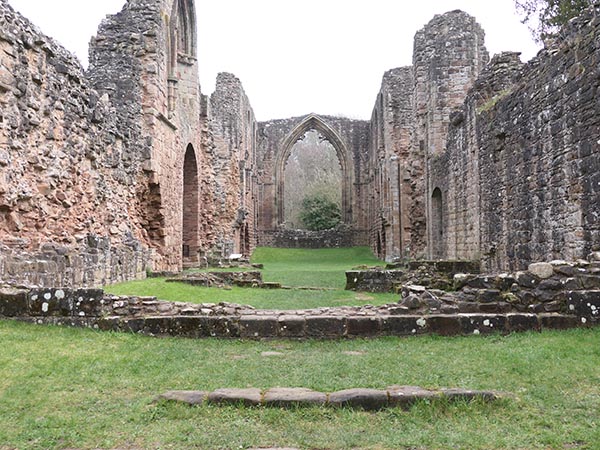
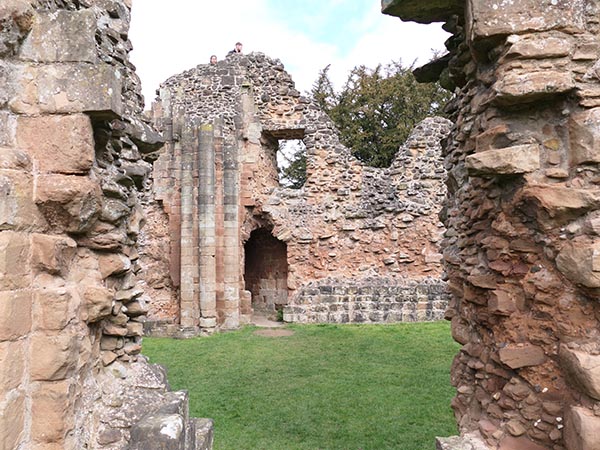
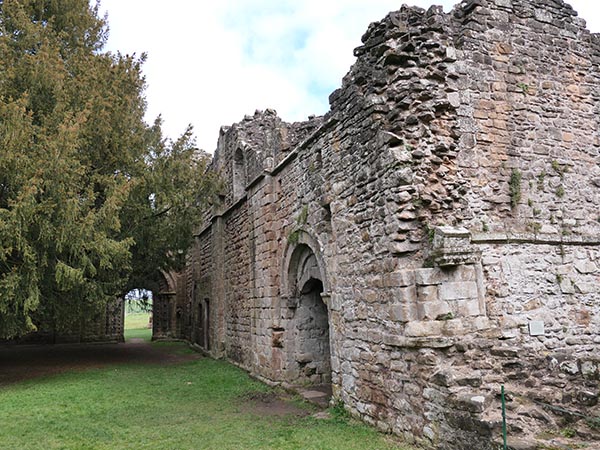
There are a couple of rooms still covered today with vaulted ceilings.
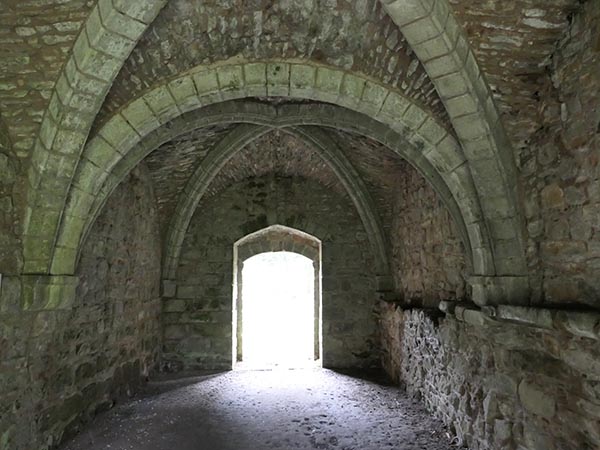

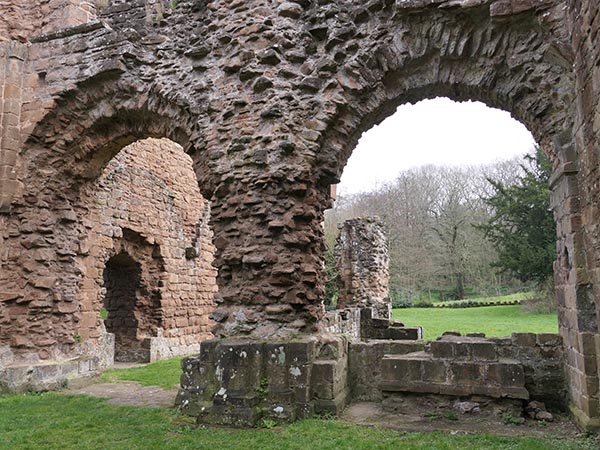
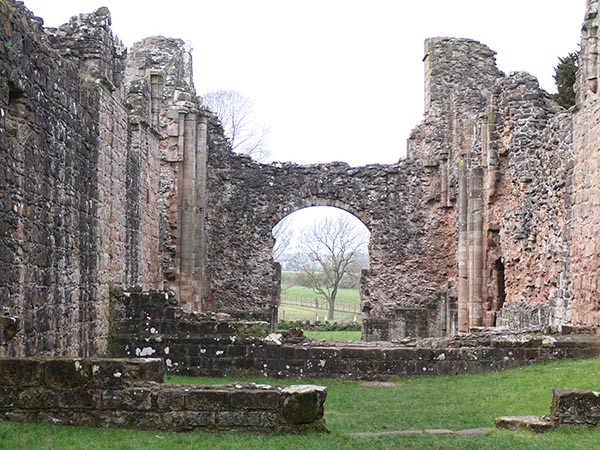
The carved doorway was part of the cloister where the tree exists today, and the doorway dates from the 12th century.
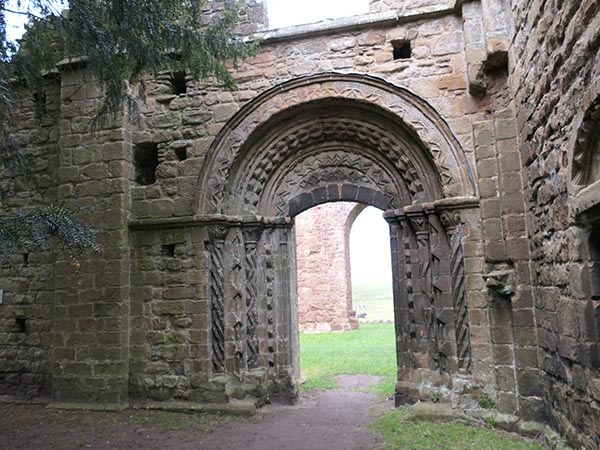
The cattle were more interested in their food than me.
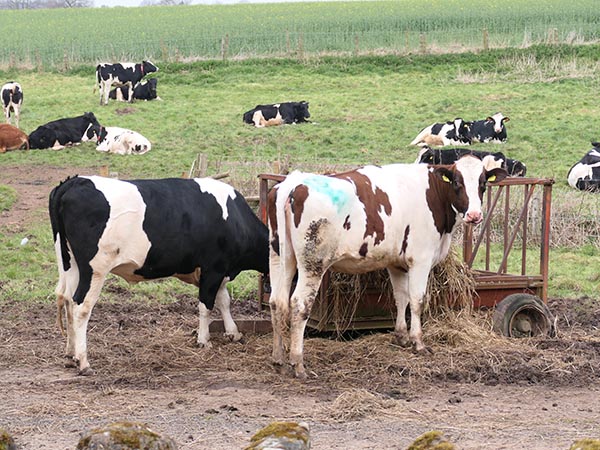

There is also one staircase that can be climbed up to get a partial view down the abbey nave. The ruins are maintained by English Heritage and are free to visit, though note that there is not a lot of parking places, and it's a short walk down a narrow farm lane.
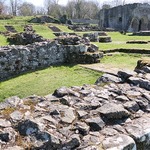
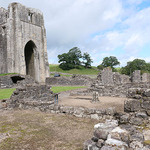
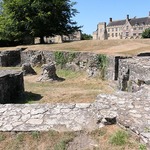
Leave a comment